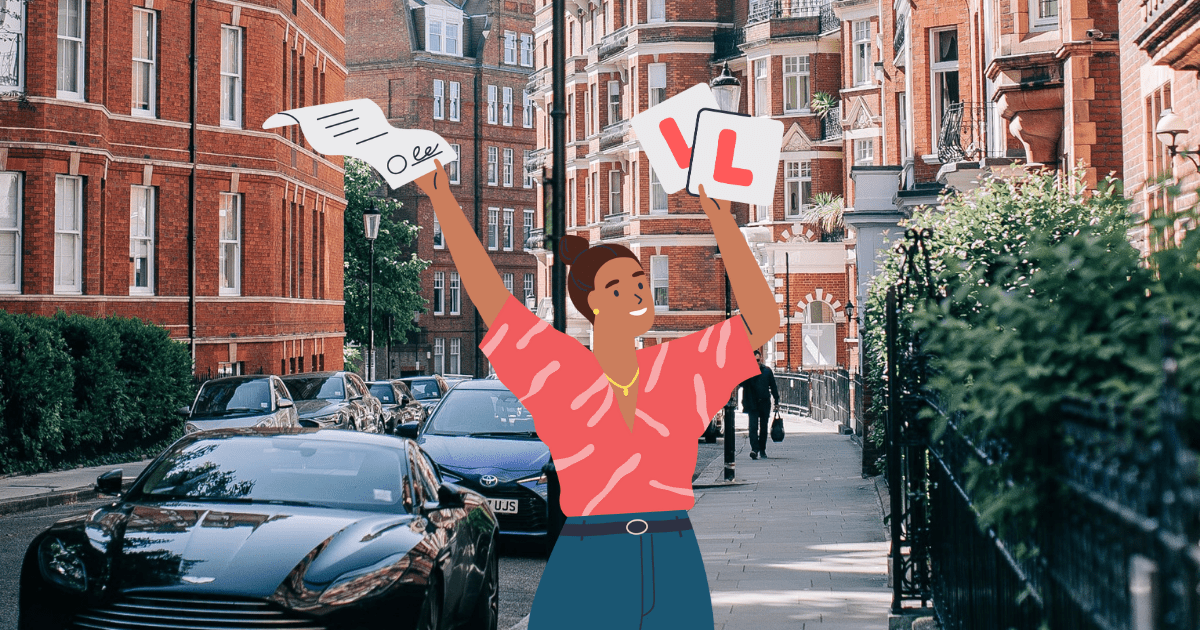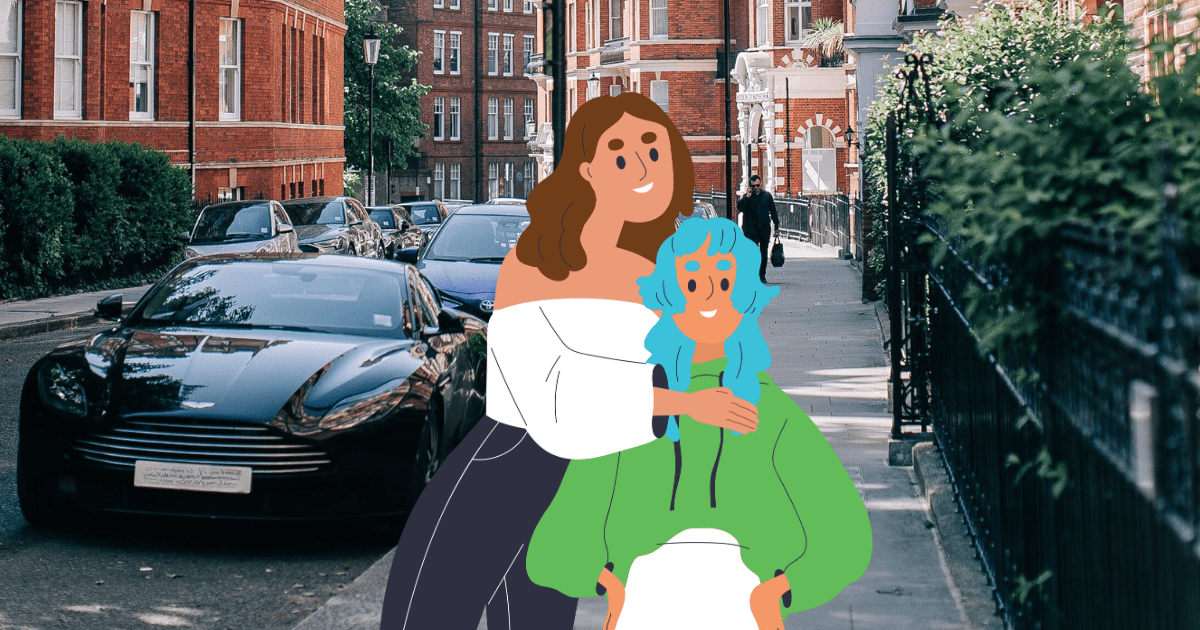A learner driver must always be accompanied by a qualified driver when practicing in a car. This person is known as the learner driver supervisor. The supervisor must:
Be at least 21 years old.
Hold a full UK or EU driving licence for a minimum of three years.
Be qualified to drive the type of vehicle the learner is driving (e.g., manual, or automatic).
Rules For Supervising a Learner Driver
When supervising a learner driver, it is important to adhere to specific rules to ensure safety and legality:
The supervisor must sit in the front passenger seat.
The vehicle must display L plates (or D plates in Wales) on the front and rear.
The supervisor must not use a phone or sat nav when the learner is driving.
Anyone who meets the criteria for a learner driver supervisor can accompany a learner driver. This includes parents, guardians, relatives, or friends, providing that they meet all of the criteria. They do not need to be added on as an additional driver to supervise.



